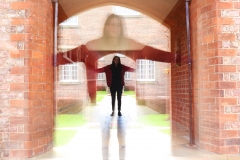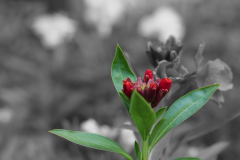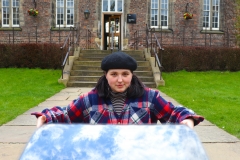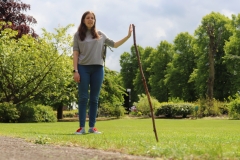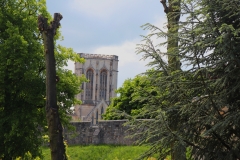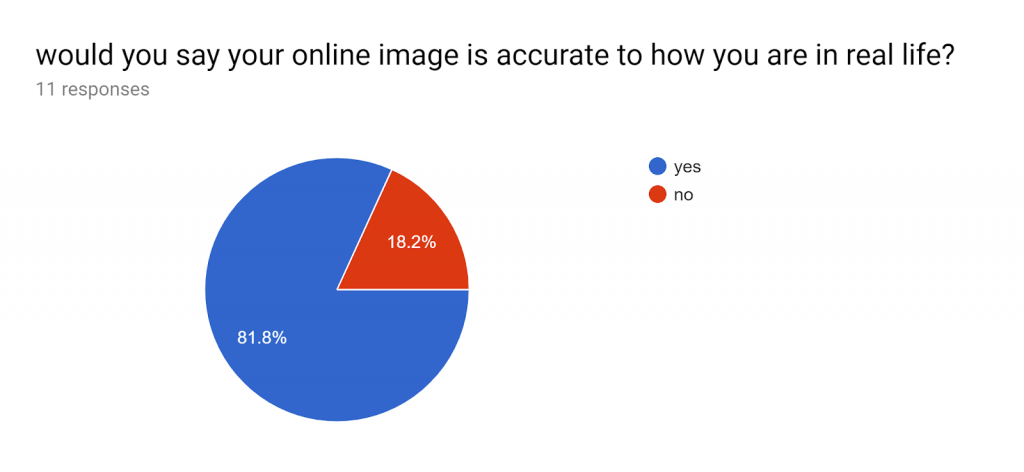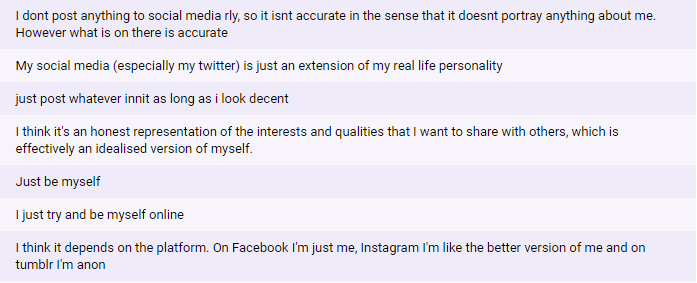INDIVIDUAL PRODUCTION BLOG
SU Interviews
The interviews themselves were conducted as a group. We conducted 2 interviews, the three main roles – interviewer, camera and sound were rotated round to ensure everyone got the opportunity to do their part.
Although the lighting for the interviews themselves was set up beforehand, it would have presented an important safety consideration as the equipment can get hot and risk injury. With the 3-point lighting set up, the lights and cables running around the interviewee could represent a tripping hazard.
In conducting the interview, we had to ensure the interviewee was comfortable and relaxed. As they were not experienced in using the equipment, it was our responsibility to work around them rather than the other way around.
The editing was done individually and presented the challenge of truthfully representing the candidate and selecting the best takes, narrowing down what they had said to the prescribed time limitation. Also, captions were added to increase accessibility – some minor adjustments to the actual speech was made in the caption representation here for concision, however efforts were made to ensure the candidate’s message itself was not misrepresented.
Photography
The Photography task was undertaken individually, however the equipment was shared. This meant that for the most part date/time and locations for getting shots had to be coordinated to ensure both parties had equal chance to get their photographs.
Initially I attempted to get some shots in various locations in the the city centre, however this proved more difficult than imagined due to the large crowds of people. Not only did this make it difficult to find a suitable shot, but it also made it difficult to set up the equipment in the first place – setting up the tripod in busy or confined areas would have caused obstructions and tripping hazards which could have led to injury or damaged the equipment. (See Appendix A). The weather and lighting conditions were also not well suited for certain shots such as long exposure. Because of this, shooting in the city centre was abandoned and more suitable locations within the university grounds were used instead.
My chosen theme was colour. I tried to showcase this in a variety of ways within the 6 shots, largely achieved through editing. For example, for the shallow depth of field shot I desaturated the background to black and white, leaving only the flower – the focal point of the shot – in colour. In other shots I increased the saturation and vibrancy to make them more colourful. My shots and the subjects of them were chosen due to their natural colour prominence or viability of alteration to achieve an effect in accordance with the theme.
Audio Task
The audio task was done as a pair. For this we selected one of 3 silent movie clips (in our case the opening sequence to E.T.). We watched the clip and noted down any instances where we thought there should be a sound effect, and what that effect would be. We then recorded a variety of sounds ourselves, however many of the sound effects proved not plausible to gather ourselves such as car sounds – trying to record sounds next to a busy road would have been dangerous and it would have been difficult to isolate individual sounds. For these sounds we sourced them online, as well as a royalty free background music track. Although only one of the pair could use the computer to edit at a time, we ensured we both had input.
Short Film
The short film task was undertaken as a group of 7. The process began by brainstorming initial ideas together to get a feel for what was possible given the constraints and what direction the group wanted to take it. We then assigned roles based on what each person was interested in doing. I volunteered for writer and producer. This resulted in me having a large portion of creative control during the pre-production phase, however I tried to ensure that the rest of the group was involved, and their inputs taken on board, especially regarding how their roles would be impacted by the script. This meant that given the 72-hour time limitation and limited access to resources I had to ensure that all aspects of the production process were feasible and achievable. For example, when approaching the script writing I had to consider aspects such as what locations and resources we had access to (props, actors etc.) This meant that props were kept to a minimum, and due to the short notice, the decision was made to cast some of the crew as actors, including myself. Once the script and planning process was completed I was conscious to hand over much of the creative control to the other roles such as director during the shooting process, as I was aware that adjustments to the script at this point would result in potentially difficult changes for everyone else. As such at this stage adjustments were made either upon the request of the director and/or with unanimous agreement.
I also ensured that everyone else’s roles were not going to be adversely affected by limitations in the script (for example, all scenes and actions should be easily shootable in the time frame and with our limited equipment). Another consideration I had to make was safety when filming – aspects such as location had to be taken into consideration to make sure hazards and risks to both the crew & equipment and public were kept to a minimum. As such I decided to set the majority of the short in an open field, giving us space to film and cause minimal obstructions to public. This did however cause later difficulties due to the weather conditions making the ground slippery (particularly hazardous for a running scene) and causing minor issues with recording consistent video and audio. These risks were however accounted for beforehand in the risk assessment and considerations were put in place to control these factors. (See Appendix B).
A further issue encountered in the production was crew members being unable to attend pre-production planning, shooting and editing sessions at short notice. Although this proved challenging, the group managed to counteract this reduced crew by re-delegating certain roles and taking up extra responsibilities. Although we were all primarily responsible for our own part of production, roles overlapped out of necessity to balance the work load as evenly as possible amongst those who were present.
The film was shot over 3 days. Prior to each shoot the group planned out what was required that day e.g. what shots needed to be taken. (See Appendix C).
(1092 words)
For full version with appendices and bibliography see below.
